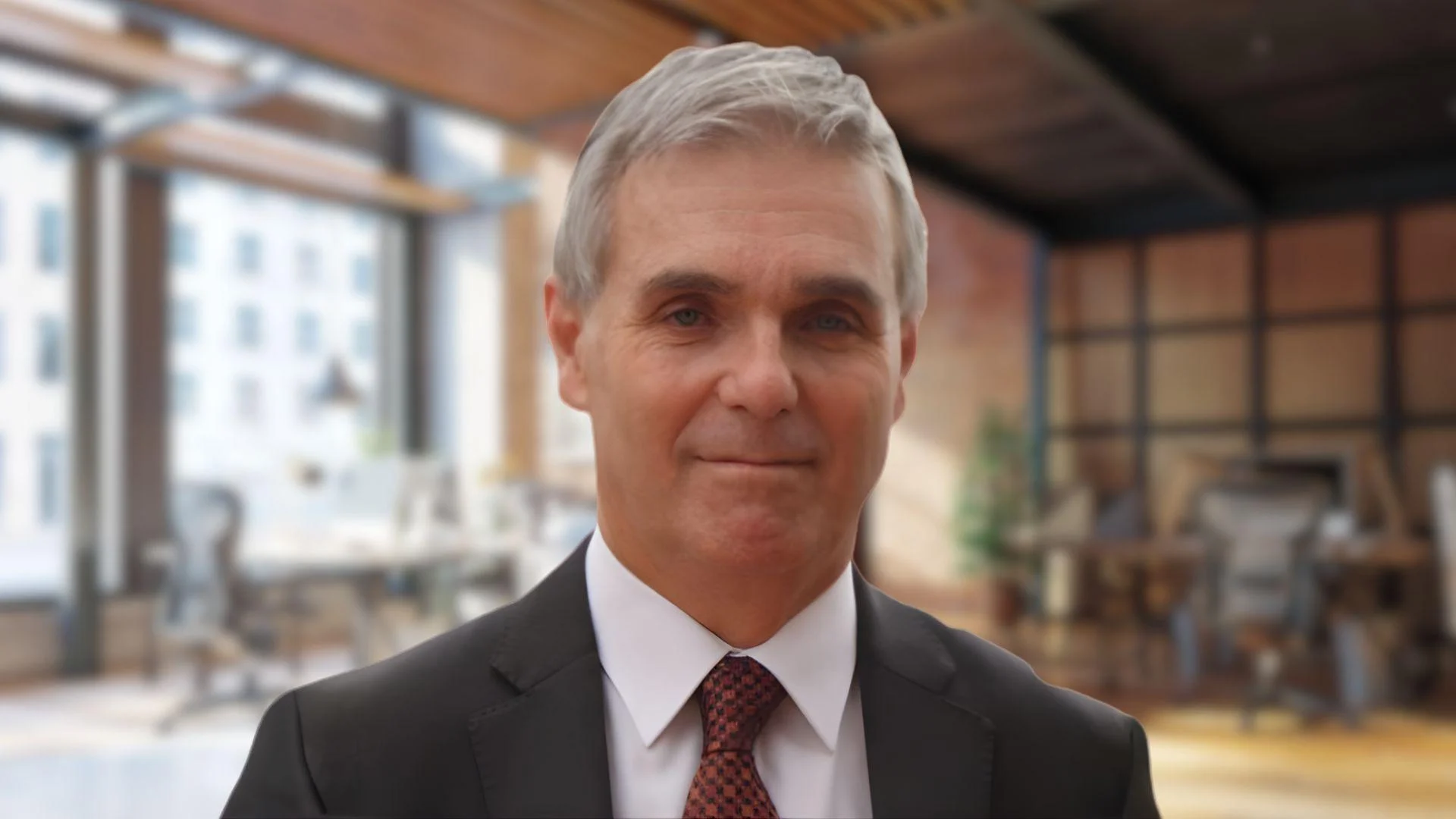The spaciousness of the A380 is another luxury element. It boasts higher ceilings and wider cabins due to its double-decker structure, providing about 15% more luggage space than other aircraft. LED lighting in the cabin helps regulate passengers' sleep cycles.
Turbulence is less noticeable on this massive aircraft due to its size and weight, which dampen airflow disruptions more effectively than typical commercial planes. Although surpassed by the Boeing 787's gust suppression system, the A380 remains commendable for its smooth ride.
A quiet cabin environment is achieved on board; noise levels at cruising altitude are comparable to normal conversation volumes, although crew members might find it too quiet during rest periods without engine noise masking passenger sounds.
Tail cameras have become popular for their live streaming capabilities through inflight entertainment systems. While not all A380s have this feature available to passengers—such as those from Singapore Airlines and British Airways—the tail camera offers a broad view from above when accessible.
First-class washrooms on some operators make use of extra upper deck space for lavish amenities like showers and dressing rooms offered by airlines such as Etihad Airways and Emirates.
In terms of sleeping arrangements, Singapore Airlines introduced larger beds in first class back in 2007. Qantas followed suit with seat-beds that convert into double beds by lowering partitions between seats—a feature extended into some business class seats by Singapore Airlines recently.
Onboard bars hark back to aviation's glamorous past with premium cabins featuring bars on airlines like Emirates, Korean Air, Etihad Airways, Qatar Airways among others—ideal spaces for relaxation or networking mid-flight.
First-class apartments introduced by Etihad Airways in 2014 went beyond traditional luxury offerings with features such as privacy doors enclosing bed areas complemented by leather armchairs offering roominess unprecedented at altitude.
Etihad's "The Residence" takes opulence further still; marketed almost akin to private jet travel experiences featuring separate living areas including bedroom suites equipped with ensuite shower facilities designed specifically for dual occupancy onboard commercial flights—a rarity indeed!
Despite Airbus ceasing production after delivering only around half anticipated units before COVID-19 severely impacted demand temporarily retiring many jets globally - today though post-pandemic recovery sees increased utilization again driven partly logistical challenges delaying newer models' introduction e.g., Boeing’s upcoming flagship long-haul twinjets leading airlines dust off parked fleets reintroducing them routes where capacity needs dictate especially high-density corridors worldwide showcasing enduring appeal iconic superjumbo embodies throughout aviation history narrative closing yet another chapter ongoing evolution industry faces going forward amidst changing market dynamics technological advancements shaping future possibilities within sector continuously adapting meet evolving traveler expectations demands sustainability considerations ever forefront strategic planning initiatives pursued stakeholders involved across spectrum collectively endeavoring forge path towards brighter horizons beckoning horizon promising transformative potential lies ahead awaiting exploration discovery pursuit unlocking untapped opportunities remain realized shared benefit humanity planet alike!
 Alerts Sign-up
Alerts Sign-up





































